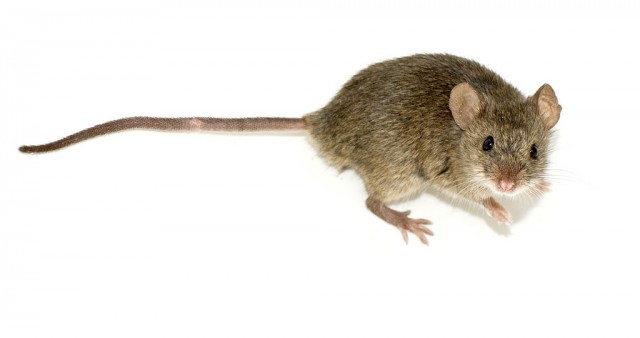Chilly temperatures foster cancer growth in mice
Ars Technica » Scientific Method 2013-11-18
At low temperatures, the human body has a hard time. As the cold sets in, blood vessels constrict to maintain heat, and some body parts—like fingers and toes—begin to suffer. Metabolism ramps up to fight the cold and shivering sets in. As these conditions continue, everything becomes sluggish as the cells of your body do not work as well. The body enters a state of thermal stress and only the most vital systems, like the brain, are left switched on.
Now, in a paper just published in the PNAS, Elizabeth Repasky at Roswell Park Cancer Institute in the US and colleagues suggest that cold has yet another disadvantage—it changes the way cancer cells grow and spread, at least in mice. This raises interesting questions about cancer therapies and many cancer studies, which tend to use mice as animal models.
Repasky found that mice living in a relatively cold environment (around 22°C) had cancers that grew more quickly and aggressively than mice living at a nice thermally comfortable temperature (around 30°C). A cold environment boosted the growth of several different types of cancer, including breast, skin, colon, and pancreas.
Read 12 remaining paragraphs | Comments





